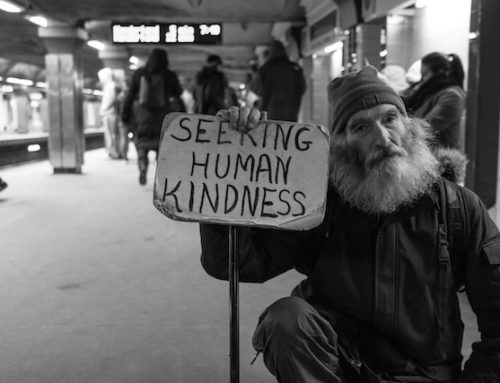A growing amount of research shows that movement therapy — an emerging therapy that combines movement and music with positive behavior support strategies — has become an effective way to help those with autism. Recent studies indicate that activities like dancing and boxing can benefit anyone diagnosed with the disorder, but especially children, as they develop physical, social, cognitive and motor skills.
However, movement therapy isn’t just useful for those on the autism spectrum. The therapeutic technique has also proved beneficial for child development more broadly, offering tangible benefits like physical stimulation and mindfulness. Some schools throughout the United States are looking to tap into those benefits by incorporating movement activities like yoga classes into their own curriculums.
The result? Classes of students that behave better, succeed more often, and are more inclusive of those on the autism spectrum.
What Exactly is Movement Therapy?
Movement therapy is a form of creative arts therapy that utilizes movement activities like dancing or boxing with the supervision of a trained therapist. The focus of movement therapy is to help students, and specifically those with learning disabilities, meet and achieve speech, language, social and academic goals.
The activity of dancing in movement therapy, for instance, is used to help connect left and right hemisphere brain functions by combining visual movement calculation, patterning, audible receptive processing, rhythm and an approach that uses the “whole brain” cognitive thinking. Boxing and other sports classes work in much the same way.
The movement in these classes also helps to decrease stress, improve social integration and manage mood. Each class is different depending upon the needs of its participants; a therapist works individually with a child or within a small group to teach them the most effective movements and activities based on the goals of the session.
For autistic children, for example, social reciprocity, behavioral disturbances and language deficits tend to make it more difficult to connect with others. Those with autism often rely on communication signals (designated hand gestures or word patterns) but the loss of social engagement in a class setting can be devastating.
In these cases, movement therapy might be used to facilitate social interactions between the autistic and non-autistic children to strengthen communication skills and build a more inclusive environment. Teaching autistic and non-autistic students a dance routine together, for example, helps them connect and better understand each other through nonverbal cues.
For kids with behavioral issues, some restorative justice programs are tapping into movement therapy for other reasons. Students in these movement programs are taught to learn from their mistakes and understand the impact that their actions have on others. For example, two fighting students might use dance movements as a way to explore and represent how they feel about a conflict. These dance and movement programs are a great medium for students to connect when words fail, and ultimately express their impulses in healthier ways.
Sitting Shouldn’t be the Standard
Sitting and staying quiet have always been school rules. For children with autism, especially, remaining sedentary can exacerbate a lack of focus and social connection and an increase in anxiety. Designated times for sitting in schools are important, but including structured times for movement has been shown to positively impact child development.
That is why many schools are now focusing on adding movement therapy to their curriculums, while others are included as after-school programs. The Mary J Blige Center for Women and Girls, for example, has a movement therapy program that teaches adolescent girls life skills, building positive and trusting relationships and even increasing their self esteem by creating better impulse control and social skills.
Integrating movement therapy programs into school curriculums benefits all school children — autistic and non-autistic alike. While these therapy programs help autistic children build their physical, social, cognitive and motor skills, they also foster more inclusive and emotionally intelligent children on and off the spectrum. By adding additional assistance to groups of children with autism, and those without, we can help bridge the educational and social gaps that keep us apart and focus on building a world that brings us together.








